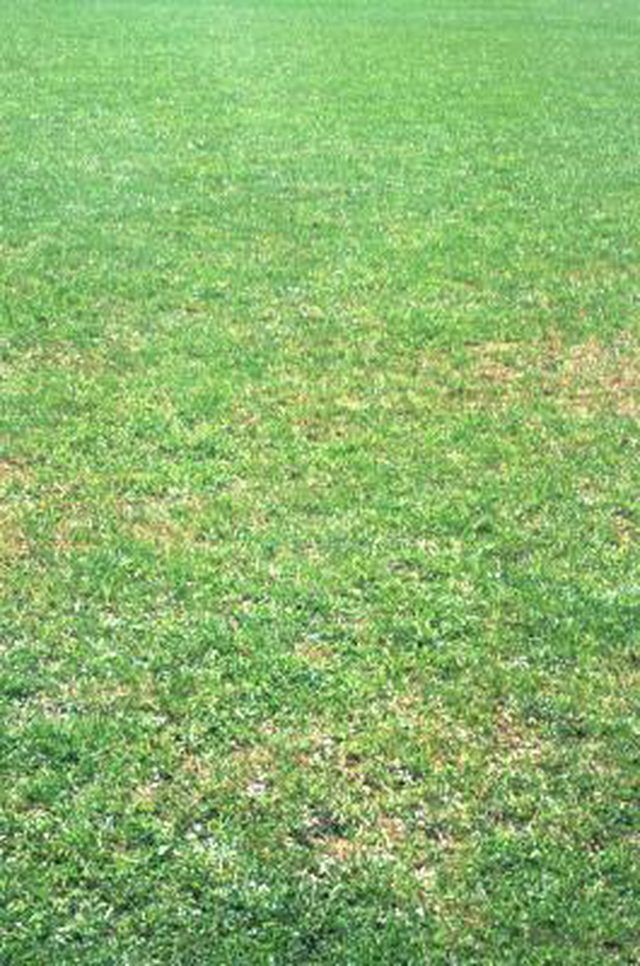Bulbs
Flower Basics
Flower Beds & Specialty Gardens
Flower Garden
Garden Furniture
Garden Gnomes
Garden Seeds
Garden Sheds
Garden Statues
Garden Tools & Supplies
Gardening Basics
Green & Organic
Groundcovers & Vines
Growing Annuals
Growing Basil
Growing Beans
Growing Berries
Growing Blueberries
Growing Cactus
Growing Corn
Growing Cotton
Growing Edibles
Growing Flowers
Growing Garlic
Growing Grapes
Growing Grass
Growing Herbs
Growing Jasmine
Growing Mint
Growing Mushrooms
Orchids
Growing Peanuts
Growing Perennials
Growing Plants
Growing Rosemary
Growing Roses
Growing Strawberries
Growing Sunflowers
Growing Thyme
Growing Tomatoes
Growing Tulips
Growing Vegetables
Herb Basics
Herb Garden
Indoor Growing
Landscaping Basics
Landscaping Patios
Landscaping Plants
Landscaping Shrubs
Landscaping Trees
Landscaping Walks & Pathways
Lawn Basics
Lawn Maintenance
Lawn Mowers
Lawn Ornaments
Lawn Planting
Lawn Tools
Outdoor Growing
Overall Landscape Planning
Pests, Weeds & Problems
Plant Basics
Rock Garden
Rose Garden
Shrubs
Soil
Specialty Gardens
Trees
Vegetable Garden
Yard Maintenance
How to Prepare Bermuda Grass for Plug Aeration
How to Prepare Bermuda Grass for Plug Aeration. Bermuda grass (Cynodon spp.), which grows in U.S. Department of Agriculture plant hardiness zones 7 through 10, does best in hot climates with winters that rarely reach freezing, lest it browns over and takes on the appearance of Dust Bowl prairie. If your Bermuda grass develops brown patchy spots in...

Bermuda grass (Cynodon spp.), which grows in U.S. Department of Agriculture plant hardiness zones 7 through 10, does best in hot climates with winters that rarely reach freezing, lest it browns over and takes on the appearance of Dust Bowl prairie. If your Bermuda grass develops brown patchy spots in winter, you probably need to overseed it. But before overseeding, you need to aerate the soil, which, in landscaping, simply means poking holes in it to improve permeability. Bermuda grass requires some preparation before you can aerate it and remove soil plugs, like pulling up the suffocating layer of thatch that builds up underneath it.
Things You'll Need
Lawn mower
Yard rake
Dethatching rake
Verticutter or powered dethatcher (optional)
Mow the Bermuda grass with the lawn mower blades at their lowest setting, or at the setting that cuts as close to the ground as possible, in early summer when the grass grows vigorously. Attach the grass collection bag to your mower, if possible.
Rake the yard vigorously and remove the clippings. Raking vigorously also helps loosen the thatch covering the soil surface. You can add the debris to your compost pile, if you wish.
Water your lawn just enough to moisten the soil about 1/2 inch deep. A little moisture makes dethatching the yard easier.
Pull a dethatching rake across the yard in rows in one direction. Lift the dethatching rake every few feet, pull the collected thatch from the tines and place it in a pile. Pull the dethatching rake across the yard a second time, this time in rows perpendicular to the first. Dethatch using a verticutter or powered dethatcher if you have a large lawn or if manual dethatching is too difficult. Space the verticutter or dethatcher blades 1 inch apart and adjust them so they cut 1 inch deep in the soil. Run the dethatcher or verticutter across the yard in rows and again up and down the lawn.
Rake the yard vigorously and collect the loosened thatch, using a yard rake for the job. You can also add these to the compost pile or put them in the garden waste trash can. Put them in the trash if your area doesn't have garden waste collection.
Water the soil to moisten it to a depth of 1 inch. Moistening the soil surface helps keep the plugs from sticking in the hollow tines of the aerator.
Tips & Warnings
Wear safety goggles and long pants when operating a lawn dethatcher and aerator.
Always follow the tool rental agency's instructions, safety precautions and guidelines for use when adjusting or operating rented lawn dethatching equipment.